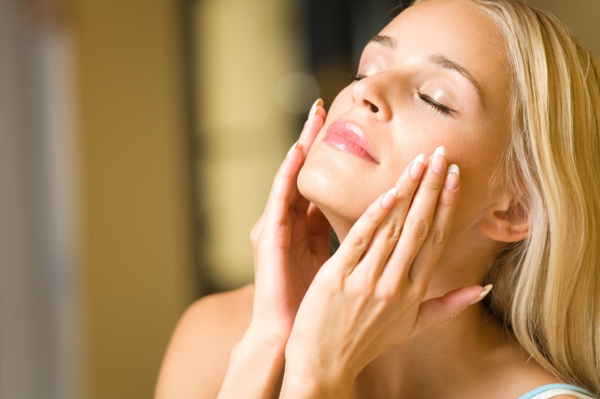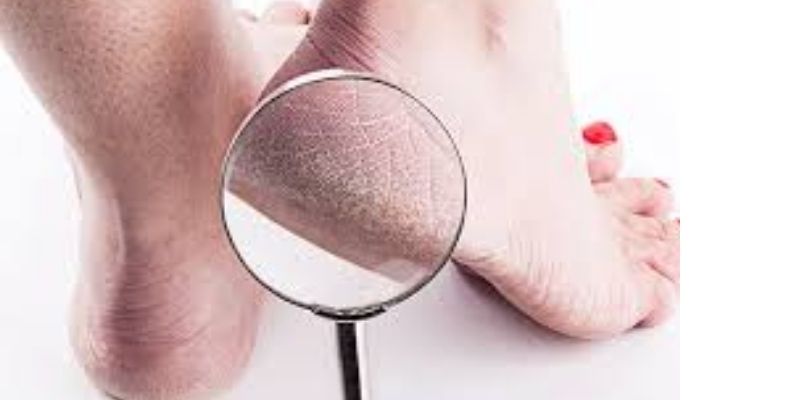Firstly I am going to say, it is the most game-changing product in your cosmetic bag. Beauty products that give you a “fake it till you make it” slash “I have my shit together” but I actually don’t glow become your best friend when sleep seems like a luxury because being busy is your normal state.
You might wake up with designer bags under your eyes and an unexpected blemish or two, but that’s where Color corrector for dark circles comes in handy.
Conceal blemishes, cover dark circles, brighten your complexion, give your skin the ultimate sculpting effect for a snatched contour, and more with these concealers, which come in a variety of hues to suit all skin tones
If you’re not sure how to use color correctors, they can be scary, especially since many of them come in unexpected rainbow colors that don’t seem to belong on your face. Their function is to eliminate dark circles and spots. Believe me when I say that I’ve gone on and on about my dark patches in the past.
The trouble is, despite spending so much time caring for my skin, I still suffer from acne.
However, I still have hyperpigmentation. Color correctors, on the other hand, cover up my problem spots like magic when I want a flawless foundation appearance.
Dark Circles and How to Color-Correct
When it comes to color correction, Lebowitz employs a straightforward method that is grounded on color theory. She explains, “Opposite hues on top of each other will cancel each other out.”
“I use unripe bananas for cherries and oranges for blueberries as a rule of thumb.”
Isn’t that a fantastic analogy?
Yellow and green color correctors neutralize red undertones, whereas orange and peach color correctors neutralize blue undertones. Later, we’ll go through which color-correcting concealer shade is best for your skin tone.
Apply the color-correcting hue that works for you underneath your eyes, and then conceal the dark circles with a concealer shade that matches your skin tone. The outcomes will surprise you.
Kristina uses the same color-cancellation technique to get rid of dark circles. “To help cancel out the blue tone of fatigued under-eyes, I usually apply something with a pink or peach tone, depending on skin tone,” she says. “I tap that color into the fold under the eye, then mix with the client’s skin tone with the matching concealer color.
To cancel out the look of your dark circles, apply your go-to, usual concealer of choice that’s closest to your complexion on top of the color corrector that works well with your undertones underneath your eye, and smooth it out.
What to Look for in a Color Corrector for Your Skin Tone
The intensity of color-correcting shades varies depending on skin tones. “For deeper skin tones, going warmer is especially key because you want to keep the richness of your skin and avoid the skin looking too gray or purple,” she explains.
Kristina explains it this way: To brighten the fair complexion, I utilize a pink undertone.
I use a peach or apricot color corrector for medium to dark skin, depending on how black the skin is. And, to fully mix in with olive skin, I use a mustard tone with a small tint of green.
Hyperpigmentation and Color Correction
Don’t be concerned about flaws. They’re simple to cover up using color correction. For hyperpigmentation, Lebowitz recommends sticking to the same treatment as before. “First, use a color corrector to neutralize the dark spot, then apply the product on top,” she advises. “The only difference is that before applying a color on top to match the rest of your skin, make sure the covering is dusky.”
Kristina compares the process of color-correcting dark patches to that of tattoo cover-up. She applies a color corrector that matches her customers’ skin tones, then a thick layer of concealer on top to hide the spots. As a result, think of it as a comprehensive spot-treatment method. Tap your color corrector on top of each imperfection on your bare face.
Then, to cover the blemish, use a full-coverage concealer and foundation of your choosing.
The Does and Don’ts of Color Correcting Concealer Application
- -Make sure to select colors that complement your skin tone. Finding the perfect tone to match your blemish is critical to the efficacy of color correctors.
- -Keep in mind that peach is for light complexion and orange is for dark skin.
- -Layers should be thin.
- -Your foundation may be visible through a thick coating of the corrector.
- -Don’t utilize colors that aren’t required.
- -Color correcting concealer should only be used to flaws that are noticeable.
- -A basic concealer will do for tiny, less obvious imperfections.
- -To mix the coverage into the skin, use a makeup sponge or a beauty blender.
- – Avoid smearing the colors all over your face.
- -This will undo all of your hard work by putting pigments in the wrong places.
- -Keep in mind that cosmetics should enhance rather than conceal your skin. So, look at color-correcting concealer as a pleasant extra step that should be used sparingly, and don’t forget to show off your natural beauty.
Summery
As we know that now from the above explanation,
Color correcting is a concealer method that has been used by professional makeup artists for years and became popular after social media picked up on the practice. The color wheel below decides which concealer color is suitable for your blemish.
Colors on the color wheel that are opposite each other cancel each other out. Purple concealer hides red zits, while green concealer hides them. Blue dark circles are covered with a yellow concealer, and yellow spots are covered by an orange concealer. You can make your concealer work better for you if you use this theory.
Because dark circles have a bluish tinge, peach and orange tones will work well to cover them up. If you have a fair to light skin tone, go with peach, if you have a light to medium skin tone, go with bisque and if you have a medium to dark complexion tone, go with orange.


